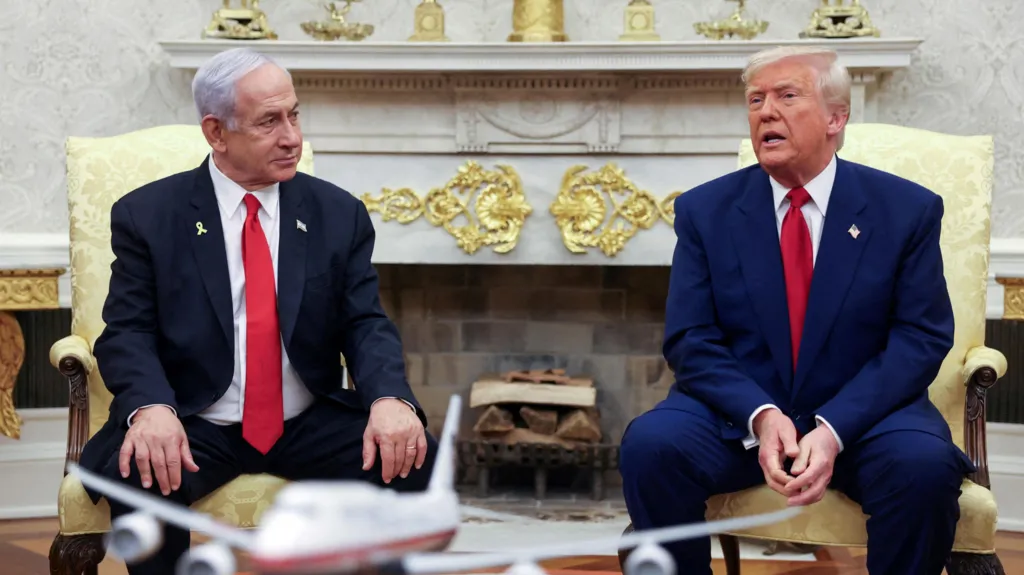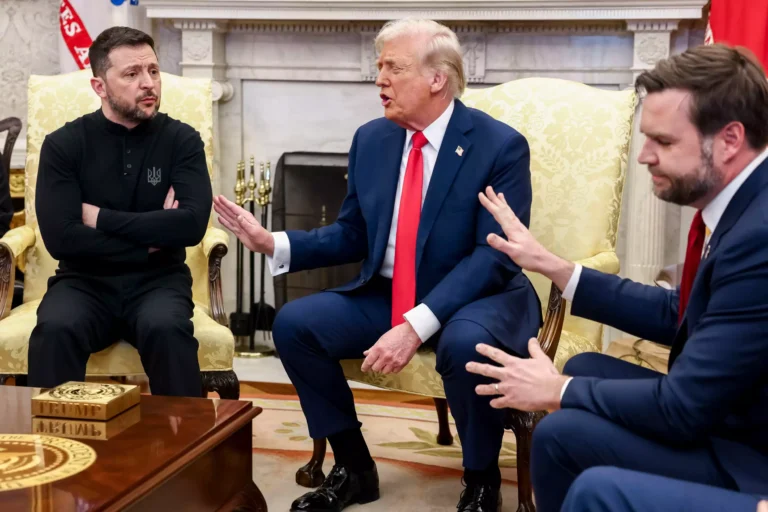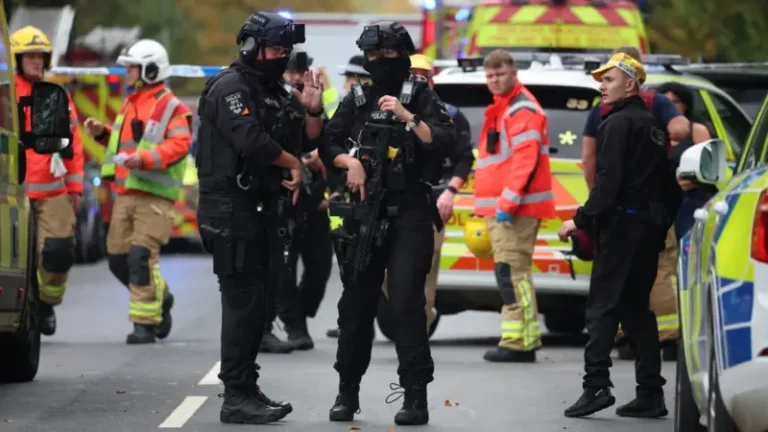
US President Donald Trump is rolling out a new peace proposal aimed at ending the devastating war in Gaza, and he’s bringing Israeli Prime Minister Benjamin Netanyahu to the White House on Monday to talk it through.
Trump, never shy about his confidence, told reporters last week: “I think we have a deal.” But the reality looks far messier. Netanyahu admitted the plan isn’t final, and Hamas says it hasn’t even received the official offer yet.
What’s in the plan?
Leaked details suggest the deal would begin with the release of all hostages within two days of approval. In return, Israel would release hundreds of Palestinian prisoners serving life terms. Hamas fighters who pledge to lay down their arms could walk free, with amnesty and safe passage out of Gaza.
The plan would also dismantle Hamas’ military infrastructure and phase out Israel’s presence in Gaza. In the meantime, an interim government would take over, with the Palestinian Authority eventually stepping in—if it reforms first.
Also Read: Netanyahu Condemns Palestinian State Recognition as Diplomats Walk Out of UN Speech
That’s a major shift for Trump. Early in his presidency, his team floated relocating Gaza’s entire population and redeveloping the area into a US-controlled “riviera.” Now, the proposal suggests Palestinians stay put and even leaves room for a future Palestinian state—an idea Netanyahu has strongly opposed.
The pushback
Convincing Netanyahu may be one thing, but getting his far-right coalition on board is another. Finance Minister Bezalel Smotrich flatly rejected any mention of a Palestinian state or a role for the Palestinian Authority. National Security Minister Itamar Ben-Gvir declared Netanyahu has “no mandate” to stop the war without completely defeating Hamas.
Meanwhile, opposition leader Yair Lapid is backing a deal, saying Netanyahu has a “majority in the Knesset and the country” to get it done, despite the noise from ultranationalists.
Why now?
Netanyahu is under growing pressure at home, especially from families of the 48 remaining hostages, 20 of whom are believed to still be alive. Public opinion polls also suggest Israelis want an end to the war.
Trump, too, is growing impatient. He was reportedly angered by Israeli strikes in Qatar earlier this month and has warned Netanyahu against annexing the West Bank, a move some Israeli leaders floated after several European countries formally recognized Palestine.
Over the past week, Trump has been busy talking with Middle Eastern leaders, including those from Saudi Arabia, Egypt, Qatar, and Turkey. His special envoy Steve Witkoff said the US is “hopeful, even confident” that a breakthrough could be announced soon.
Trump himself posted over the weekend: “We have a real chance for GREATNESS IN THE MIDDLE EAST. ALL ARE ON BOARD FOR SOMETHING SPECIAL, FIRST TIME EVER. WE WILL GET IT DONE!!!”
The human cost
The war began after Hamas’ October 7, 2023, attack on southern Israel, which killed about 1,200 people and saw 251 others kidnapped. Since then, Israeli attacks on Gaza have killed more than 66,000 people, according to Gaza’s health ministry.
The humanitarian crisis is dire. The UN has confirmed famine in Gaza City and recently accused Israel of committing genocide—an allegation Israel rejects outright.
As Trump and Netanyahu sit down in Washington, the big question remains: will this bold new plan break the deadlock, or will it crash into the same walls that have stalled peace for decades?







